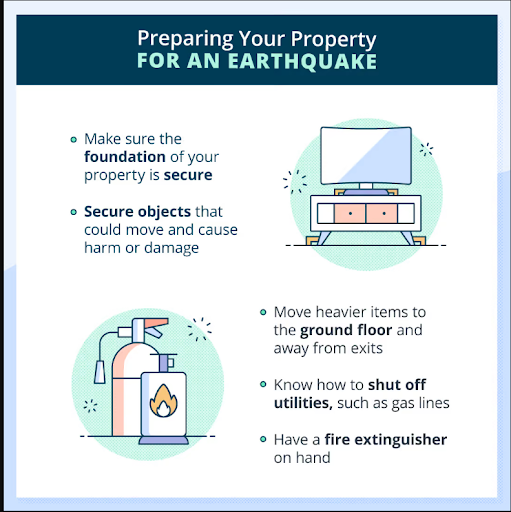Introduction
As a tenant, your rental property is more than just a place to live—it’s your home. Ensuring your safety and well-being within this space is paramount. This guide will provide you with essential tips and strategies to help you protect your home and enhance your personal safety.
1. Understanding Your Rights and Responsibilities
Know Your Lease Agreement:
Your lease agreement is the foundation of your tenancy. Make sure you understand all clauses, especially those related to maintenance and safety.
Landlord Responsibilities:
Landlords are typically responsible for ensuring that the rental application meets basic safety standards. This includes functioning smoke detectors, secure locks, and a safe structure.
Tenant Responsibilities:
As a tenant, you are responsible for maintaining a safe living environment. This includes reporting hazards and ensuring that you do not engage in activities that could compromise safety.

2. Securing Your Rental Property
Locks and Security Systems:
Ensure that all doors and windows have secure locks. If permitted by your lease, consider installing additional security measures such as deadbolts or a security system.
Lighting:
Proper lighting around entrances and common areas can deter potential intruders. Ensure all outdoor lights are functioning, and consider using motion-sensor lights for added security.
Security Cameras:
If allowed, security cameras can provide an extra layer of protection. Ensure their installation complies with privacy laws and your lease agreement.
3. Fire Safety
Smoke Detectors:
Regularly test smoke detectors to ensure they are working correctly. Replace batteries annually or as needed.
Fire Extinguishers:
Keep a fire extinguisher in accessible areas, such as the kitchen. Ensure you know how to use it properly.
Escape Plan:
Create and practise a fire escape plan with all household members. Know all exits and establish a meeting point outside the building.
4. Personal Safety
Emergency Contacts:
Keep a list of emergency contacts, including the local police, fire department, and a trusted neighbour, easily accessible.
First Aid Kit:
Maintain a well-stocked first aid kit and know basic first aid procedures.
Stay Informed:
Stay updated on local crime reports and community safety alerts. Join neighbourhood watch programs if available.
5. Dealing with Maintenance Issues
Prompt Reporting:
Report any maintenance issues to your landlord immediately. This includes water leaks, electrical problems, and structural concerns.
Document Communication:
Keep a record of all communications with your landlord regarding maintenance requests. This can be useful if issues are not resolved promptly.
6. Building a Good Relationship with Neighbors
Communication:
Maintain open lines of communication with your neighbours. They can be a valuable resource in times of emergency.
Conclusion
Ensuring your safety and well-being as a tenant involves a combination of understanding your rights, taking proactive security measures, and fostering a sense of community. By following these tips, you can create a safer and more secure living environment in your rental property.
